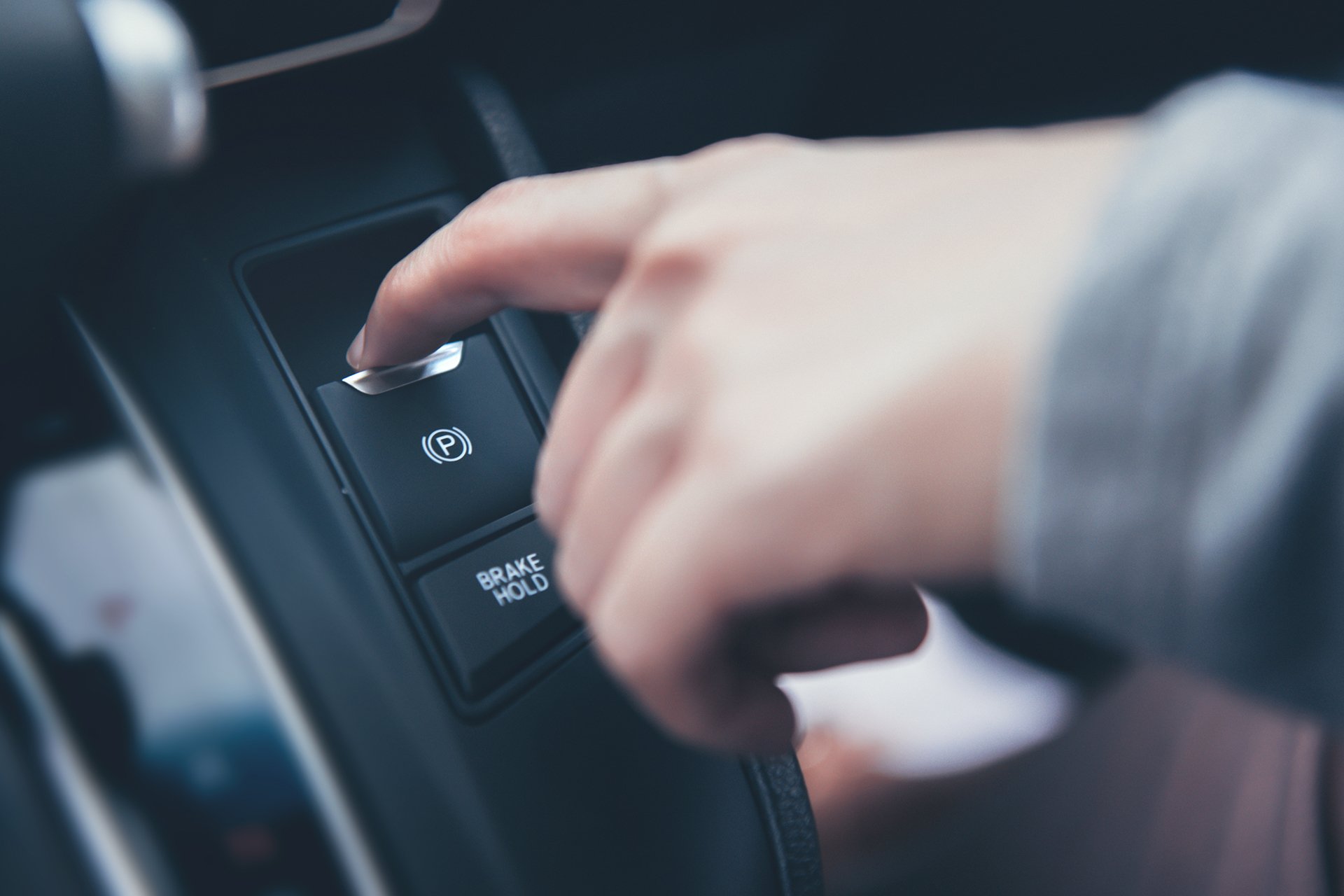Parking sensors were originally developed as an aid for blind people in the 1970s, although it was not until 2003 that they found their way into mass-market vehicles.

Although some of us may be able to remember a time before parking sensors or drive vehicles not fitted with them, many of us now take them for granted in our day-to-day driving.
Parking sensors are designed to give drivers a greater understanding of their surroundings when behind the wheel and are particularly useful for alerting them of any obstacles when manoeuvring into parking spaces.
Most parking sensor systems emit sound waves which become more high-pitched the nearer the vehicle gets to an object. This is particularly useful when reversing.
Some modern vehicle systems also include a diagram or picture on the car’s infotainment screen that uses a green, amber, red traffic light system to further warn drivers how close obstacles are.
There are two different main types of parking sensor. The most common is ultrasonic parking sensors which are usually installed on the rear bumper. These are the most affordable option and can be installed on almost any vehicle if not fitted as standard.
The second is electromagnetic parking sensors, which use radar technology to detect obstacles within the vicinity of the vehicle. Electromagnetic sensors are more successful at detecting moving obstacles but are more expensive than their ultrasonic counterparts.
Parking sensors are often accompanied by reversing cameras that provide even more information about what is behind a vehicle.
Many drivers are so familiar with parking sensors now that they would not consider driving a vehicle without them. Not only do they enhance safety for drivers and passengers inside the vehicle, but they also protect pedestrians, cyclists, and stationary objects in the near vicinity. Parking sensors are also particularly useful at night or when lighting is poor. Even in bright light, there are always blind spots and the ability to rely on parking sensors takes away a great deal of the stress of reversing.
With car insurance premiums on the increase, no one wants to risk damaging their or someone else’s vehicle and potentially having to claim on their insurance, even if no one is hurt. Parking sensors provide peace of mind whatever vehicle you drive and this cost-effective ‘second pair of eyes’ are a small investment that can potentially save you money overall.